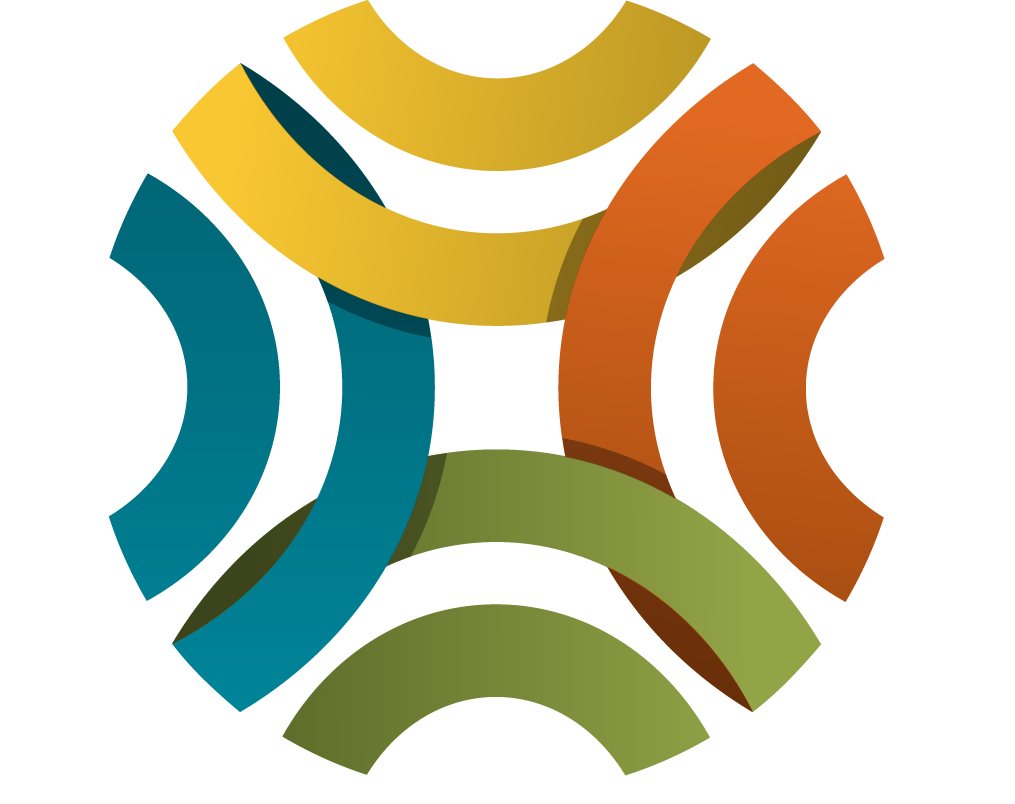Anchor Institutions and their Role in Healthy Food Systems
In this collection you will:
- Learn about anchor institutions and their role in community health
- Grasp the importance of anchor institutions to healthy food systems
- Gain access to strategies and tools to assist your local anchor institutions in embracing food as an anchor mission.
Anchor Institutions
Anchor institutions are entities that are important, long-term fixtures in a community and take some responsibility for that community's successful development. They are usually non-profit organizations - such as universities, hospitals, and school systems - but may consist of large corporations, government centers, military bases, or sports teams.
We should care about anchor institutions and their role in health because of the power and responsibility they carry. Anchors control large amounts of community capital and can influence the kind of employment options available, the quality of foods that are offered to students and employees, what medical care benefits are provided, or the reach of public transportation.
The concept of anchor institutions has been around for over a decade, but the idea of what it truly means to be a strong anchor in a community and the development of a driving anchor mission is new to many organizations. A growing number of successful anchors with proven methods and missions is emerging in the field (see our resource cards below) and offer rtools to help others realize their level of influence and responsibility.
Looking toward the future, the potential for anchor institutions and their partners to come together and formalize their work has real power. Much like what LEED certification - the internationally-recognized green building certification system - did for climate change awareness in the building industry, strong alignment of anchor missions can leave a legacy within the community that lasts for generations.
ReThink Health: Hospital Systems Transition Planning Project: Hospital Roles from Rippel on Vimeo.
Anchored in Place: How Funders Are Helping Anchor Institutions Strengthen Local Economies
Resource - Case Study
Brought to you by Funders' Network for Smart Growth and Livable Communities
What Would it Mean for Hospital Leaders to be Stewards of Their Regions’ Well-being?
Resource - Blog
Brought to you by ReThink Health
Anchor Institutions and Food Systems
According to our IP3 partner, Center for Good Food Purchasing (CGFP), taxpayer funded organizations - of which most anchor institutions are - spend billions on food each year and thus have a great deal of influence on the quality of food a community eats, as well as the local economy around food service.
Since low-income communities and communities of color are the most directly impacted by the negative aspects of our food system, a focus on improvements can have a significant influence on those who need it the most.
When it comes to "the Meds and Eds" of anchor institutions, these types of organizations have a massive impact on the quality of food served, employment conditions of food service workers, and the local food economy overall.
The nation’s public schools have 50.8 million students, amounting to over 20% of the US population. Students often eat two meals a day at school, which means schools have a strong nutritional influence on growing bodies. Additionally, universities have the potential to feed another 20 million students each day, and there is growing awareness of food insecurity among college students around the US. Hospitals also feed millions a day and food quality is a significant factor in healing and long-term health.
Food procurement offers this extraordinary opportunity to ensure our most vulnerable communities are nourished with the highest quality food served by public institutions while also ensuring that the billions of taxpayer dollars that are spent each year by public institutions are invested in a food system that supports good jobs, environmental sustainability, high welfare standards for farm animals, regional producers, and protects the health of our communities,” explained Alexa Delwiche, Co-Founder and Executive Director of the Center for Good Food Purchasing.
IP3 recently worked with the CGFP to create an overarching data strategy to support their programs. A new web-based application was launched to help institutions search and identify food products meeting the values of the Good Food Purchasing Program. "At its essence, the Good Food Purchasing Program makes the case that public food dollars should be used for public good," stated Delwiche. Read more
Health Care Without Harm
Resource - Website/webpage
Brought to you by Health Care Without Harm
Published on 03/10/2020
Advancing Equitable Food Environments
Story
-
 Original
Original
Brought to you by Community Commons
Published on 08/22/2017
Food Procurement as an Opportunity to Improve Local Food Systems
Story
-
 Original
Original
Brought to you by Community Commons
Food & Anchor Institutions: Long Struggles, Small Victories, Big Lessons
Resource
Brought to you by Nonprofit Quarterly
Published on 02/07/2020
Why School Cafeterias Should be the Frontlines of Policy Change
Story - Written
Brought to you by Center for Healthy Aging
Healthy Food Procurement in American Cities: Leveraging Local Purchasing Power to Fight Obesity
Resource - Report
Brought to you by CityHealth
From Insight to Action: Local Anchors and Local Food
We believe information in context is essential for moving you from insight to action. That’s why we collect the best content around key topics and nest it with hand-curated, innovative resources, tools, and data. Here are some resources we think can help you integrate the concept of anchor institutions and their role in local food systems to your own community change work.
Local Foods, Local Places: Williamson Health and Wellness Center Anchors Downtown Redevelopment
Story - Video
Brought to you by EPA
Health and Wealth In Your Region: Anchor Institutions and Regional Food Procurement
Resource - Policy Brief
Brought to you by Common Market Georgia Inc.
Healthy Food Procurement in American Cities: Leveraging Local Purchasing Power to Fight Obesity
Resource - Report
Brought to you by CityHealth
Related Topics
.jpeg)






















